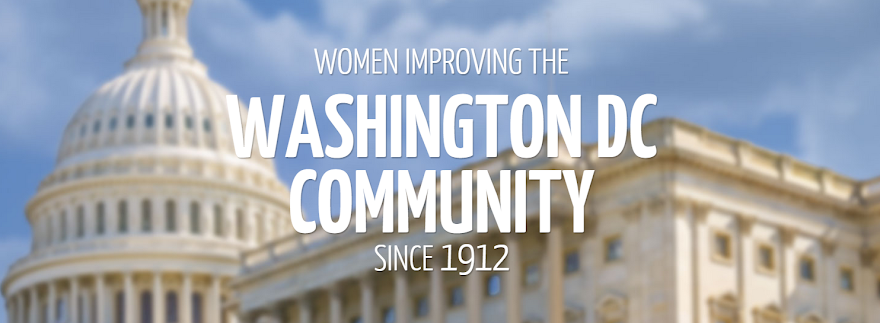In the
1940s, Julia Child was a Washington, DC, resident of Georgetown’s Olive Street
– just a stone’s throw from the Junior League of Washington’s (JLW)
Loughborough House headquarters. After spending time abroad, she returned to
Washington in the 1950s, giving cooking classes in the neighborhood, and her
custom designed kitchen has taken up permanent residence at the Smithsonian’s National
Museum of American History.
Child
became a household name by bringing French cuisine into the living rooms of
America with her cooking shows in the 1960s. Her cookbooks, recipes and persona
continue to be celebrated though books, movies, special menus, and foodie
events.
Born to a
prominent family in San Francisco, Child graduated from Smith College in 1934,
and then worked in advertising in New York City. When she moved back to
California a few years later, she joined the Junior League of Pasadena (JLP).
She was very active in League and civic projects and starred in many of the JLP
opera productions.
Child had
intended to be a writer; however, a change of plans brought her to Washington
at the start of World War II. She was an imposing figure at 6’2”, but her
height prevented her from joining the Women’s Army Corps. She found a position
as a research assistant for the Office of Strategic Services, the government
intelligence agency. She held posts in Washington, DC, China, and Sri Lanka,
where she met her husband Paul Child, another intelligence officer.
When they
moved to France for Paul’s new posting, Child developed a love of French
cuisine. She enrolled at Le Cordon Bleu and then formed the cooking school L'Ecole de
Trois Gourmandes with some fellow students. Best-selling cookbooks and popular
cooking shows followed. Her show The French Chef was syndicated to 96
stations throughout America.
Like many
Junior League women, Child was a trailblazer; she was able to hook mainstream
Americans onto sophisticated French cuisine by teaching techniques and recipes,
using the ingredients available in American supermarkets. She received many
accolades including the Legion d'Honneur, France's highest honor. She was the
first woman named to the Culinary Institute Hall of Fame. She has received
multiple Emmy awards and multiple honorary degrees.
Despite all
these honors, Child subscribed to the view that “The measure of achievement is
not winning awards. It’s doing something that you appreciate, something you
believe is worthwhile.” She has a place among the world’s most famous chefs and
the most notable members of the Junior League.





